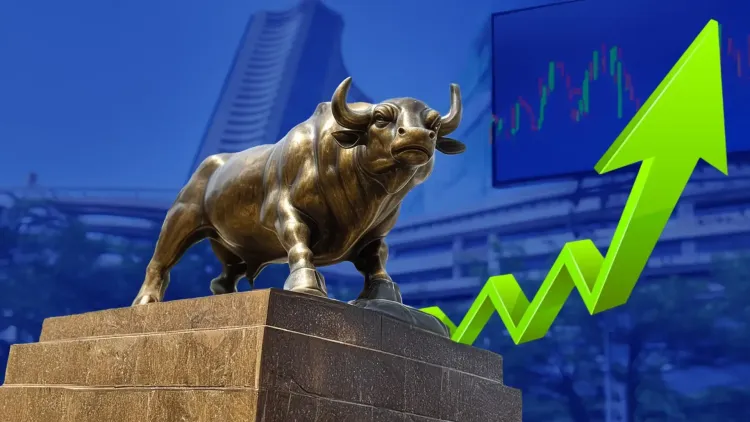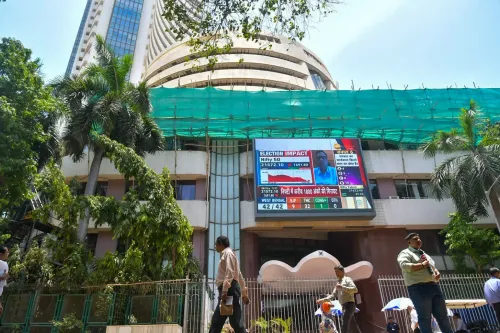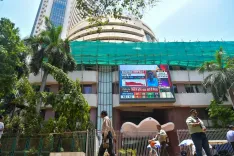How is India’s equity market bouncing back amid festive consumption and stable Q2 earnings?

Synopsis
Key Takeaways
- Equity markets are rebounding due to festive consumption.
- Stabilizing Q2 earnings are enhancing market sentiment.
- Foreign investment interest is on the rise.
- Consumer inflation has hit a low of 1.54 percent.
- The manufacturing PMI has increased to 59.2.
New Delhi, Nov 19 (NationPress) India’s equity markets have seen a remarkable rebound in October, fueled by robust festive spending, stabilizing Q2 earnings, and a notable resurgence in foreign investment interest, according to a report released on Wednesday.
The macroeconomic environment of the country remained highly supportive throughout the month. Furthermore, consumer inflation decreased to 1.54 percent, the lowest level since 2017, while the Reserve Bank of India maintained the repo rate at 5.5 percent and updated the FY26 GDP growth forecast to 6.8 percent, as noted by PL Asset Management in its analysis.
The Indian rupee remained stable at Rs 88.76 against the US dollar, despite a stronger dollar index, highlighting currency stability amid global uncertainties.
Simultaneously, industrial activity demonstrated further resilience, with the manufacturing PMI soaring to 59.2 from 57.7 in September, and domestic liquidity remained robust as SIP inflows reached an unprecedented high of Rs 29,361 crore.
"This stability was bolstered by vibrant festive consumption, resulting in record sales exceeding $67 billion across sectors like automobiles, electronics, and consumer durables," the report indicated.
A significant trend emerging in October was the stabilization of India’s corporate earnings cycle. Earnings downgrades, which had previously dampened market sentiment in past quarters, have now largely reached their lowest point.
Additionally, the nation's investment cycle continues to exhibit promising signs.
"Gross fixed asset additions from FY20 to FY25 represent the most substantial growth since FY10, with noticeable capex traction in areas such as construction materials, electricity generation, and consumer goods," the report highlighted.
Meanwhile, the momentum for capacity-building remains strong in the chemicals sector, while the metals sector is recovering following two subdued investment cycles. These developments were supported by improving liquidity conditions and neutral valuations, enhancing the outlook for a sustained cyclical recovery.
The report noted that while global markets continued to make gains amid optimism surrounding US-China trade relations and anticipation of a Federal Reserve rate cut, India distinguished itself through robust domestic demand, strengthening macros, and improving liquidity conditions.
Sectors such as PSU Banks, Capital Markets, Metals, Defence, and Realty led the domestic surge, reflecting renewed confidence among both institutional and retail investors. The report projected that in the near term, markets will remain resilient yet range-bound as investors evaluate Q2 earnings and monitor global interest rate expectations. However, the medium-term outlook appears distinctly positive.









